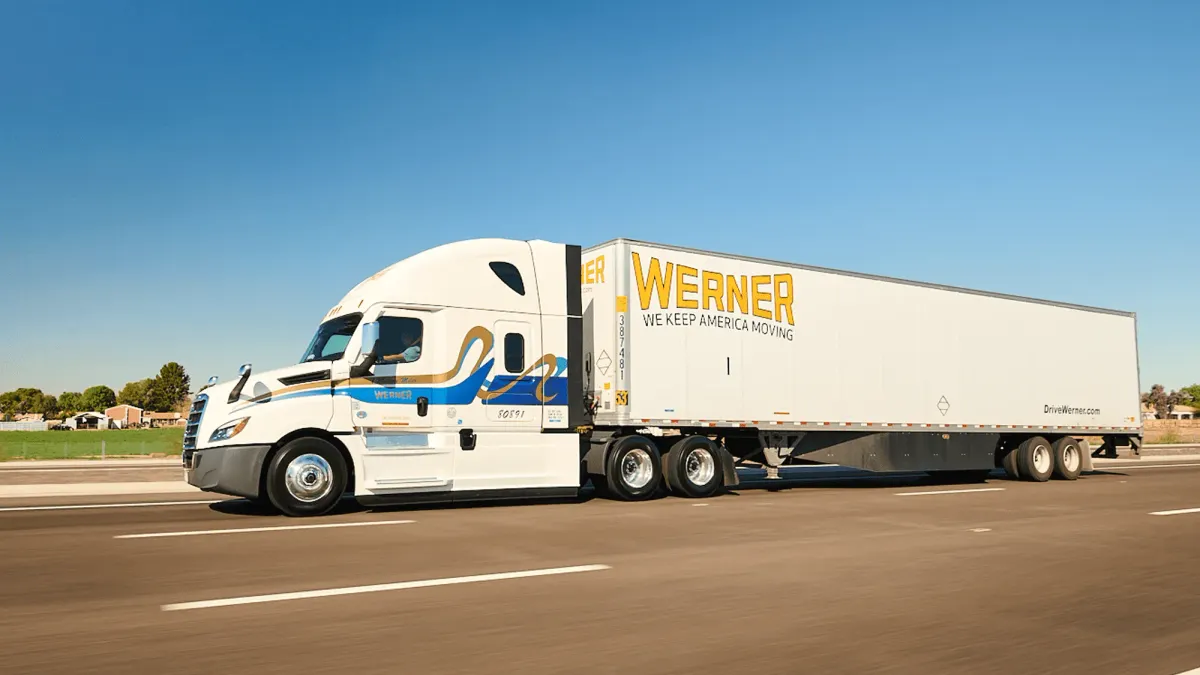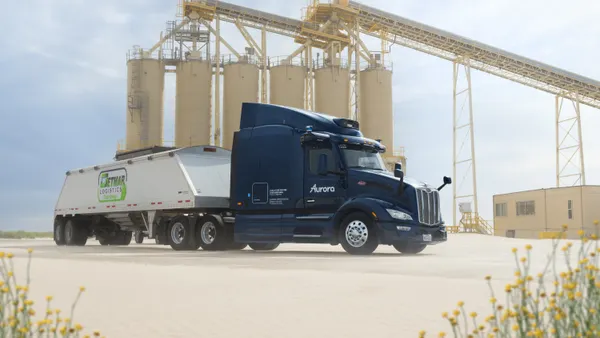Tom Crowley and his colleagues receive about 10 to 15 calls a week from unfortunate truck drivers with similar stories.
The drivers tell the Owner-Operator Independent Drivers Association compliance team about hauling a load — some cross-country, a week of their time, at their own expense — only for the broker who hired them to disappear. When the driver brings the bill to the legitimate broker, they often aren’t aware the shipment was re-brokered.
“This double-brokering scam, it’s just so prolific,” said Crowley, a regulatory specialist. “It’s everywhere.”
OOIDA and the Transportation Intermediaries Association, which represents freight brokers, disagree on plenty. But they share a common cause in eliminating fraud, which can hurt each group’s members financially.
During interviews with Transport Dive, OOIDA and TIA officials shared some double-brokering red flags to watch out for.
Red Flag #1: Your company’s name is not on the bill of lading.
By federal law, the name of the carrier hauling a load must be listed on the bill of lading.
“That's one of the ways that, when we talk to folks, they realize they may have been scammed,” Crowley said.
But the federal government hasn’t enforced the requirement, which has resulted in many in the industry ignoring it, he said. Some carriers tell OOIDA they’ve previously been paid for loads in similar cases without their names on the bills.
“I tell them, ‘Well, why’d you haul this load if your name wasn’t on the bill of lading?’” Crowley said. “They say, ‘Well, it's pretty normal for our name not to be on a bill of lading.’ It's the broker’s name, or some carrier that they never even heard of. ... Most small carriers out there are not real fluent with exactly what the rules are.”
Red Flag #2: A broker offers a suspiciously high rate.
Fraudulent brokers often first register as carriers. They accept loads from digital load boards, then re-post the loads as brokers, offering more money to tempt carriers to haul them.
When it’s time to pay the driver, the business address has been changed to an untraceable P.O. box, and the phone number is disconnected.
“The ones that are really hurting people are the ones that don't pay out at all,” Crowley said. “They just take all the money and disappear.”
Then, the driver typically brings the unpaid invoice to the legitimate broker who first posted the load, according to TIA President and CEO Anne Reinke.
“They're saying, ‘Where's my money?’” Reinke said. “And our member’s like, ‘Who are you?’ No idea, because they've lost the chain of custody.”
Red Flag #3: The broker’s information doesn’t check out in an FMCSA search.
Drivers should always look up a broker on the Federal Motor Carrier Safety Administration’s website before accepting a load. If the broker isn’t registered or has incomplete information, it might be wise to think twice.
But even that strategy isn’t fail-proof, as those committing brokerage fraud have been known to spoof legitimate companies’ information, Reinke said. The problem has only worsened as carriers become increasingly desperate in a soft freight market.
“There are a lot of [carriers] chasing lower volumes of freight, and that’s when, cyclically, these kinds of illegal and fraudulent scams occur,” Reinke said.
Crowley acknowledged even those practicing due diligence could find themselves caught in such schemes, as bad actors are also able to update and remove their information from the federal registry.
“You can do a lot of this stuff and still find yourself scammed,” Crowley said. “Vet your broker.”










